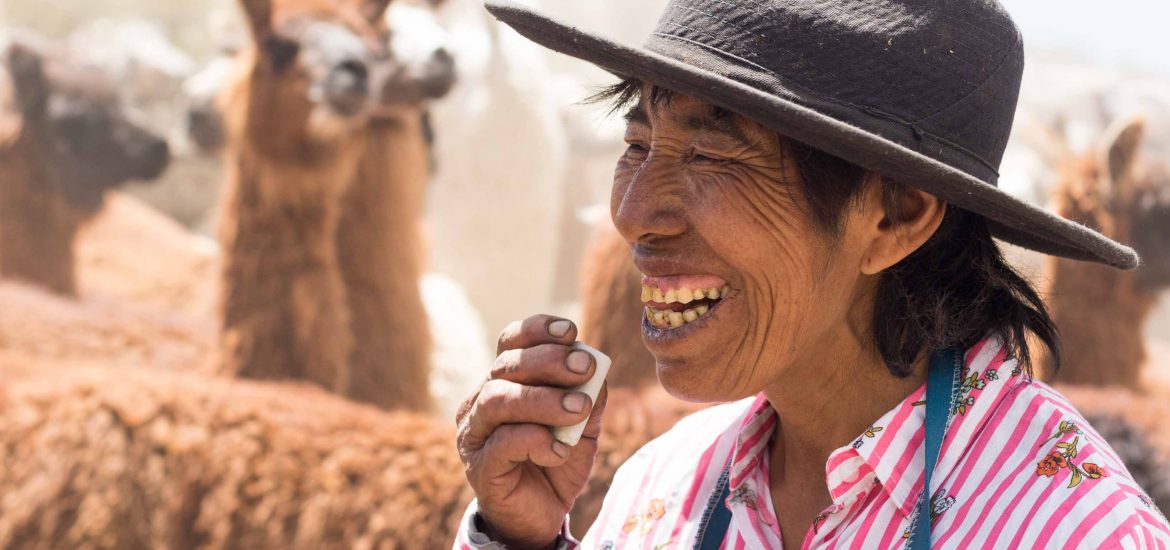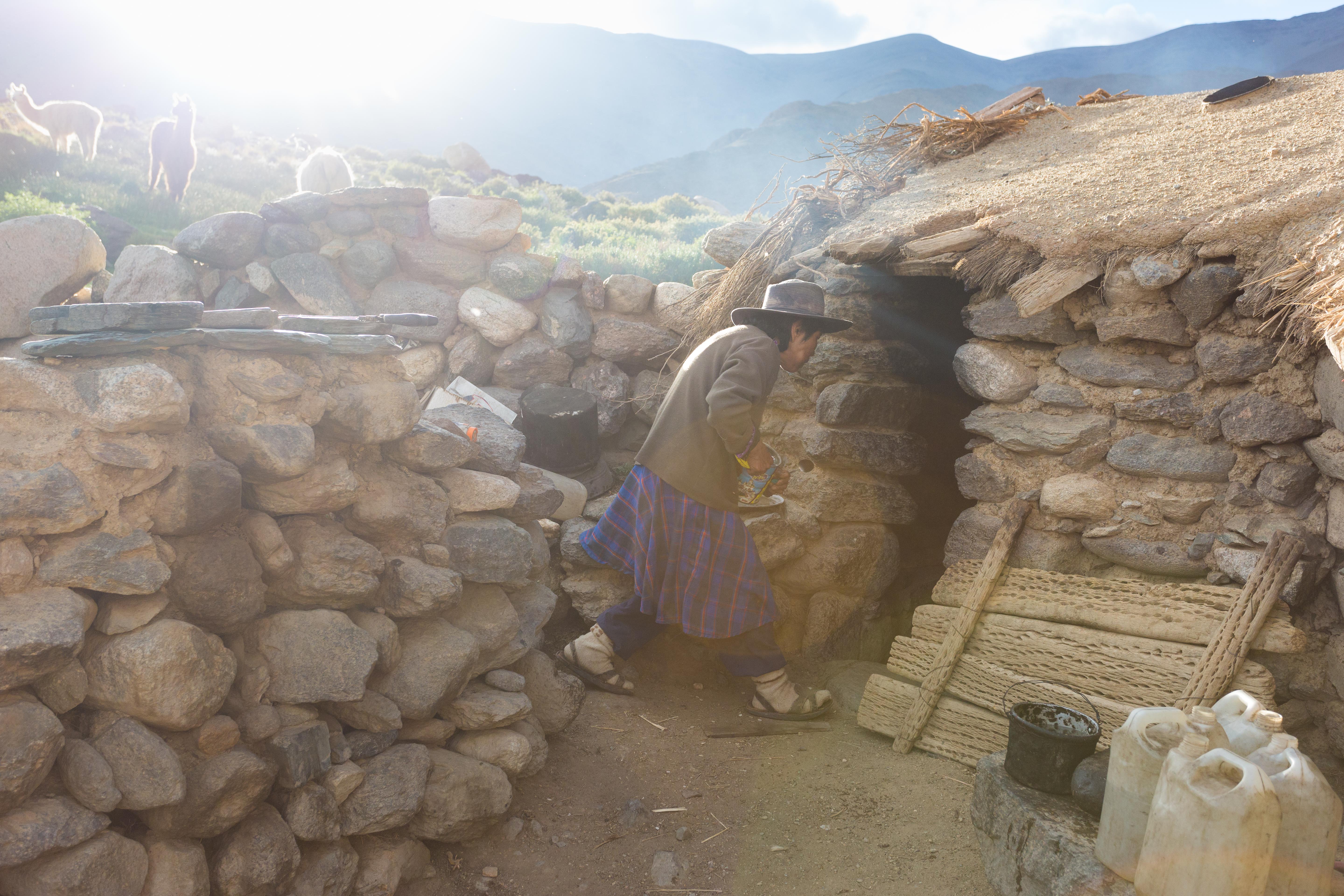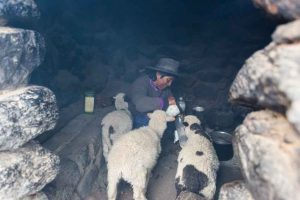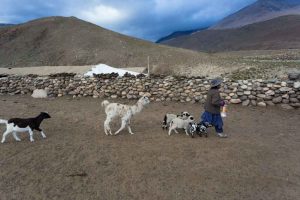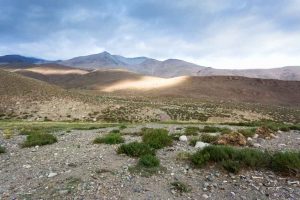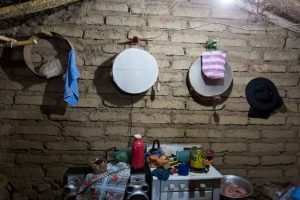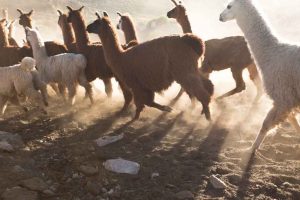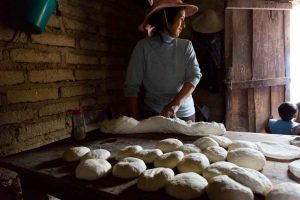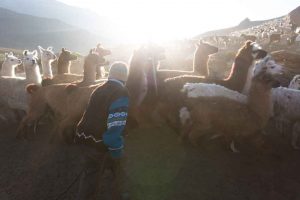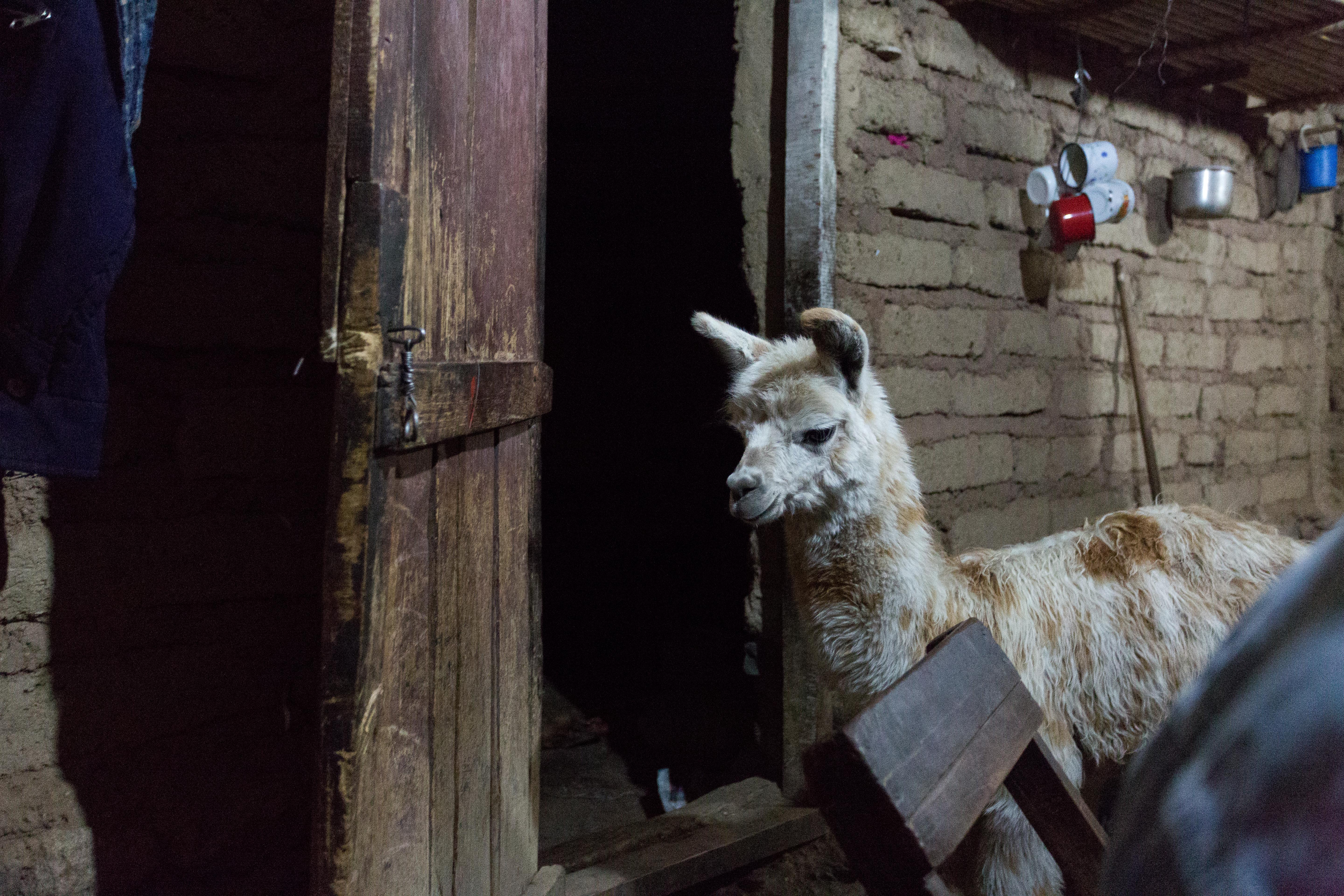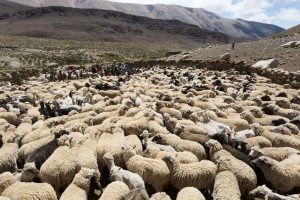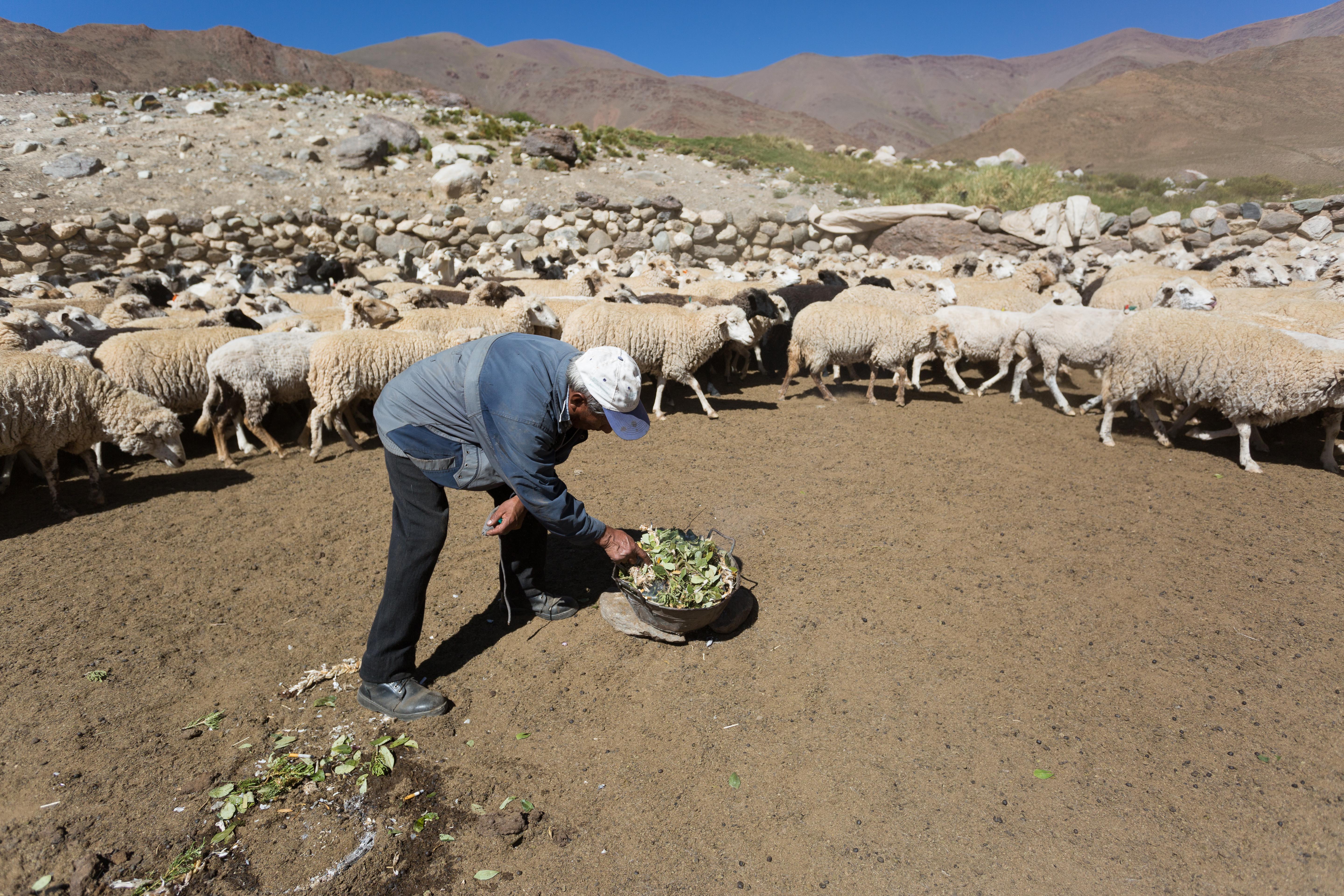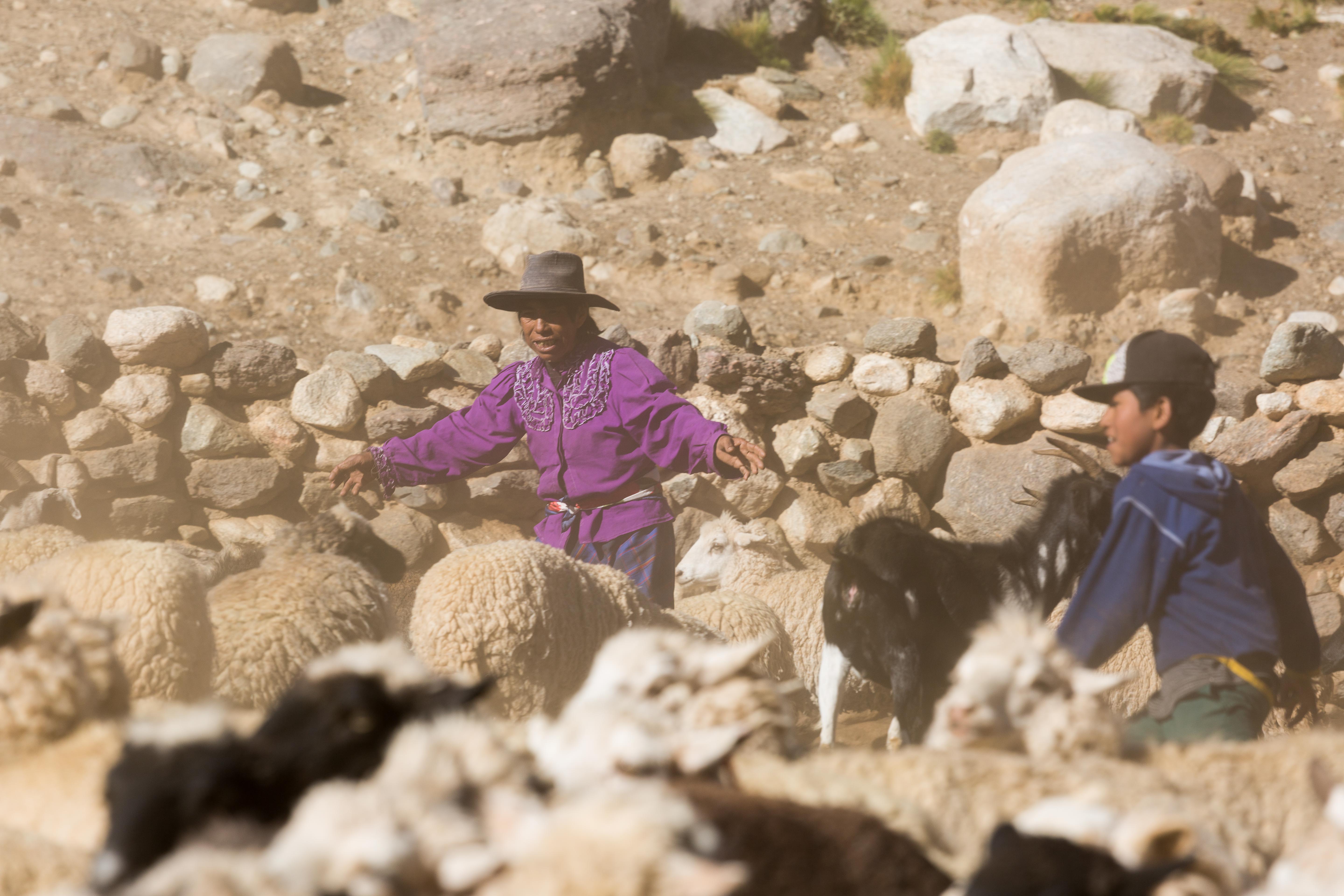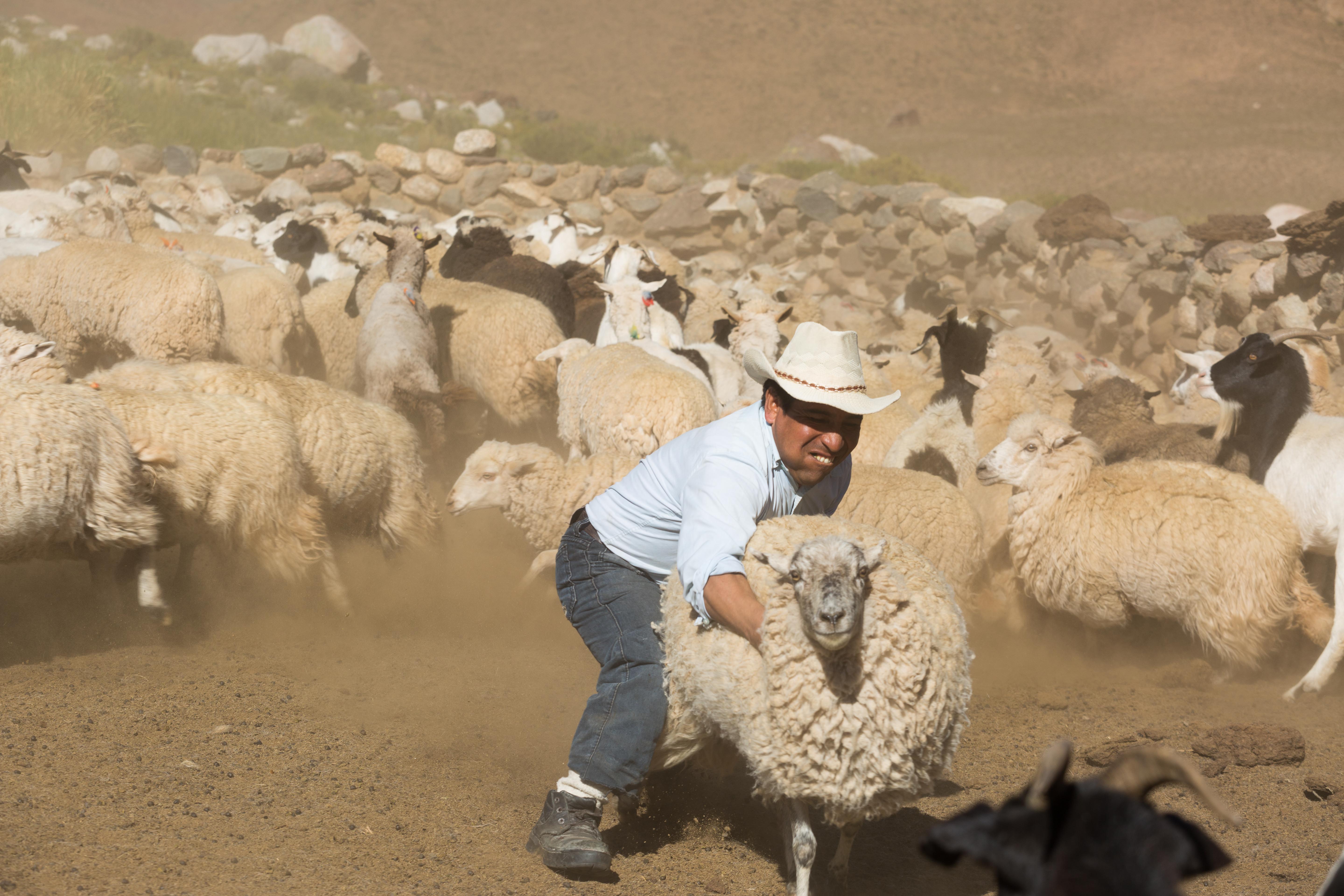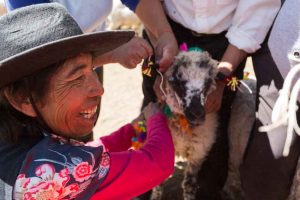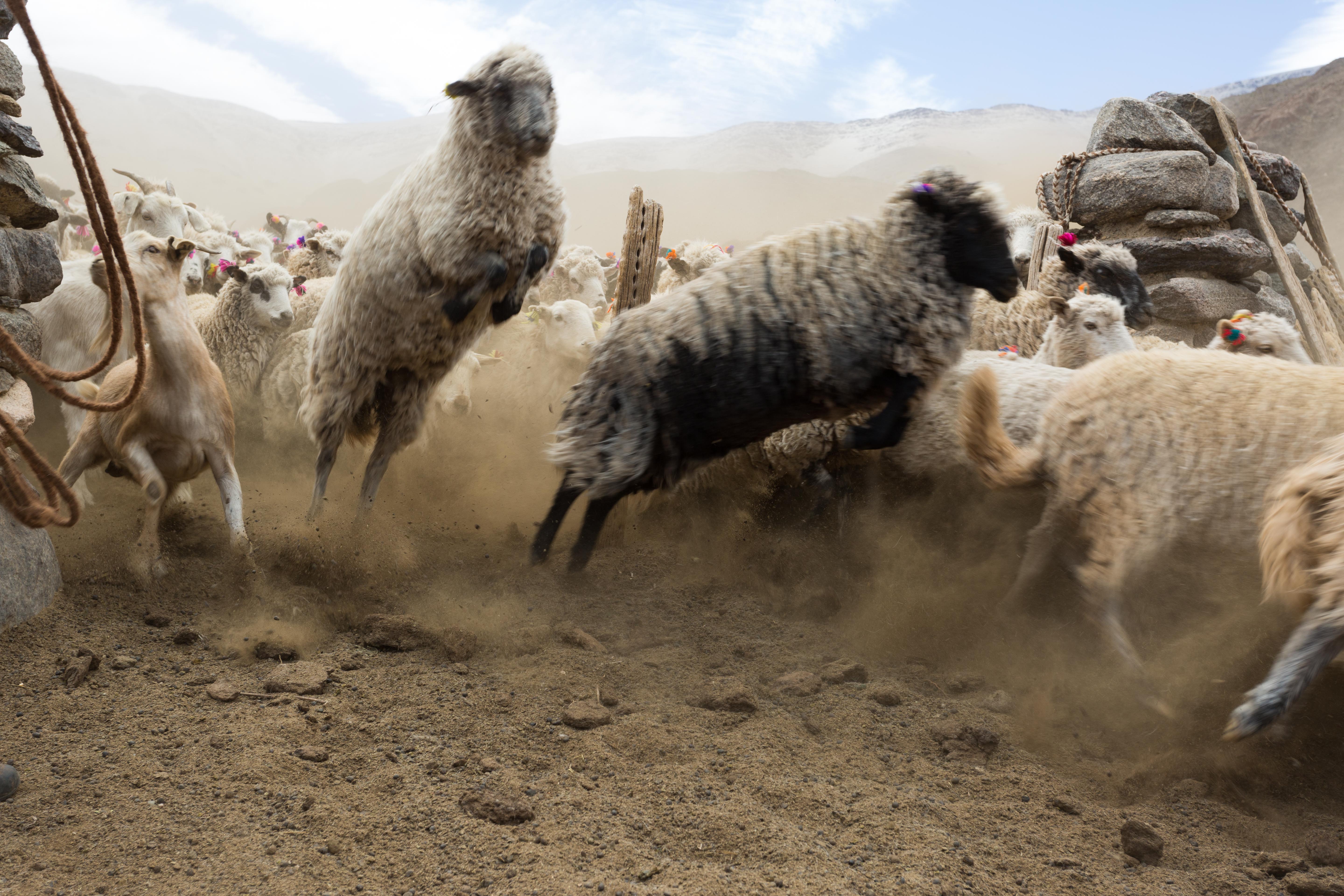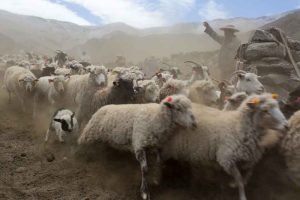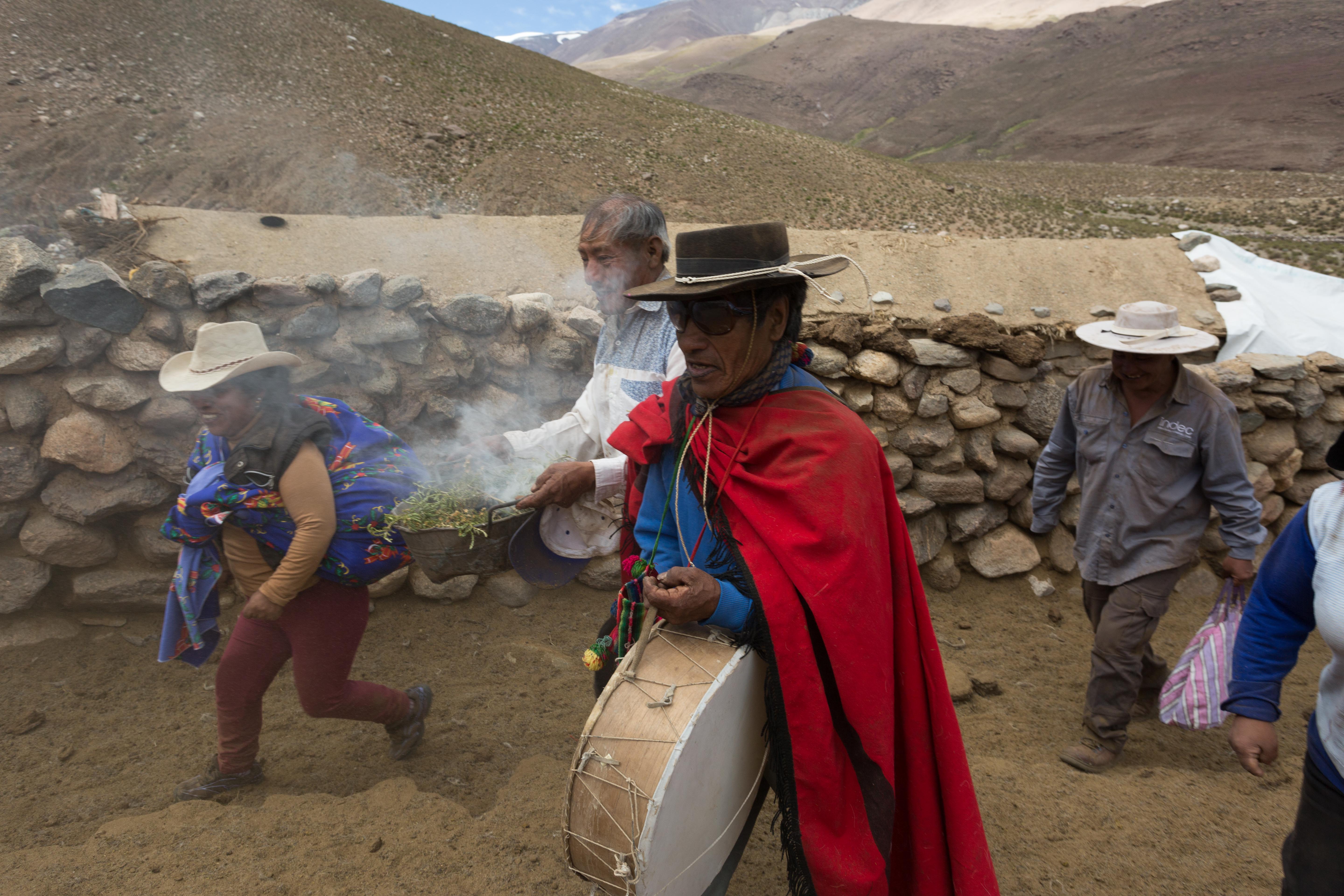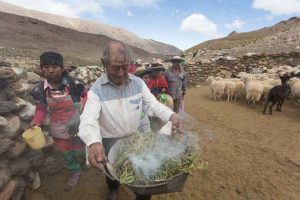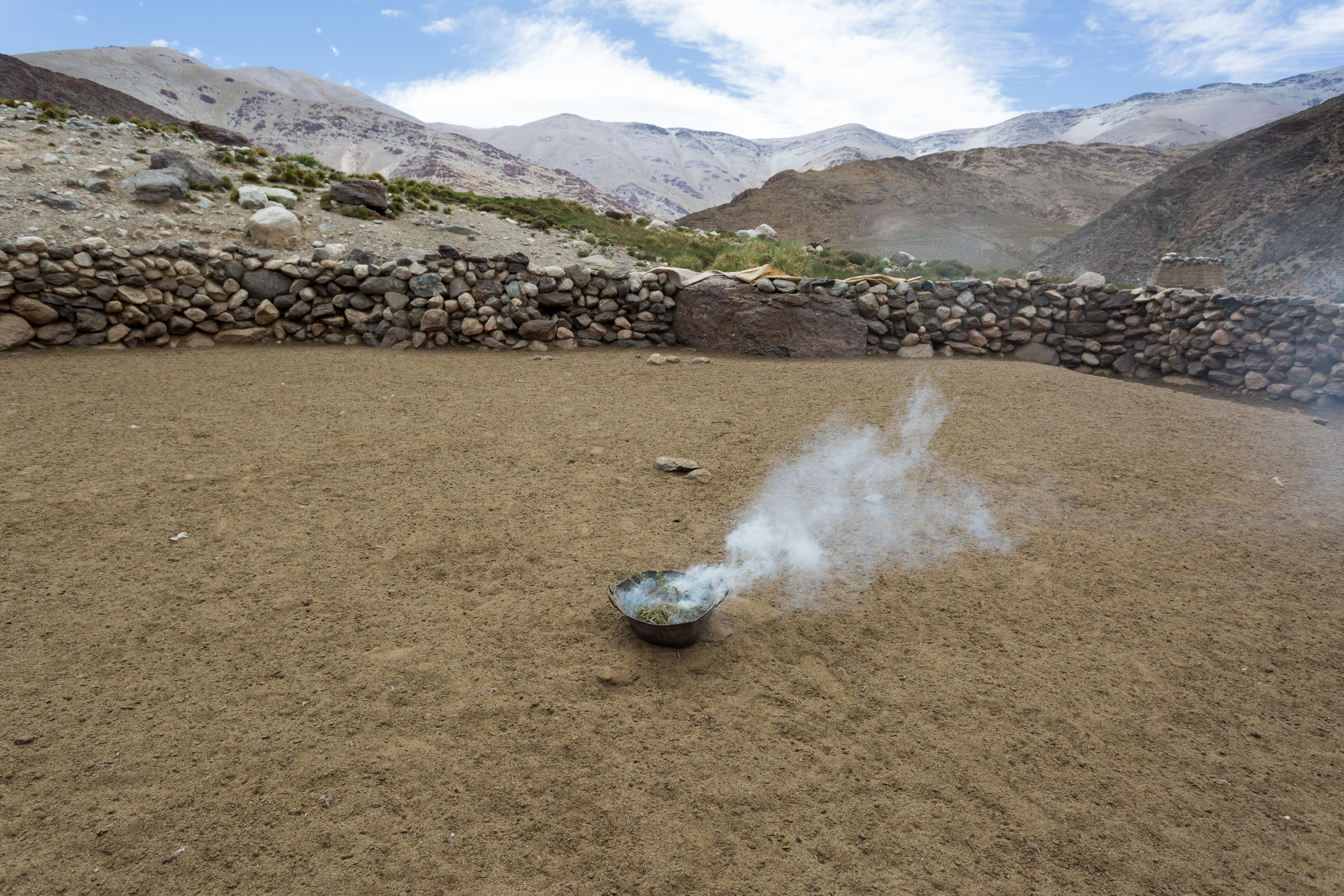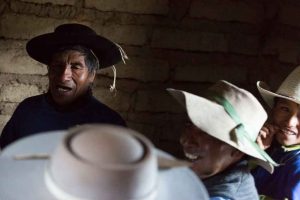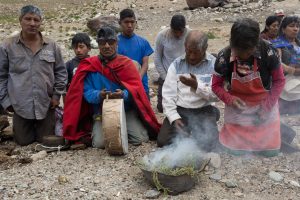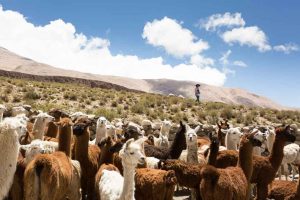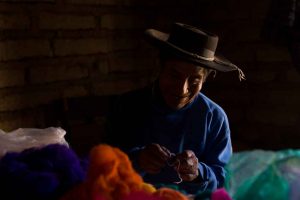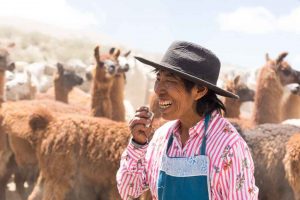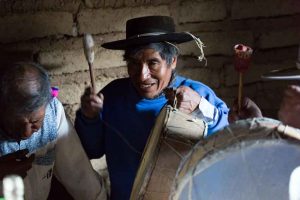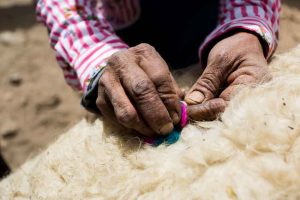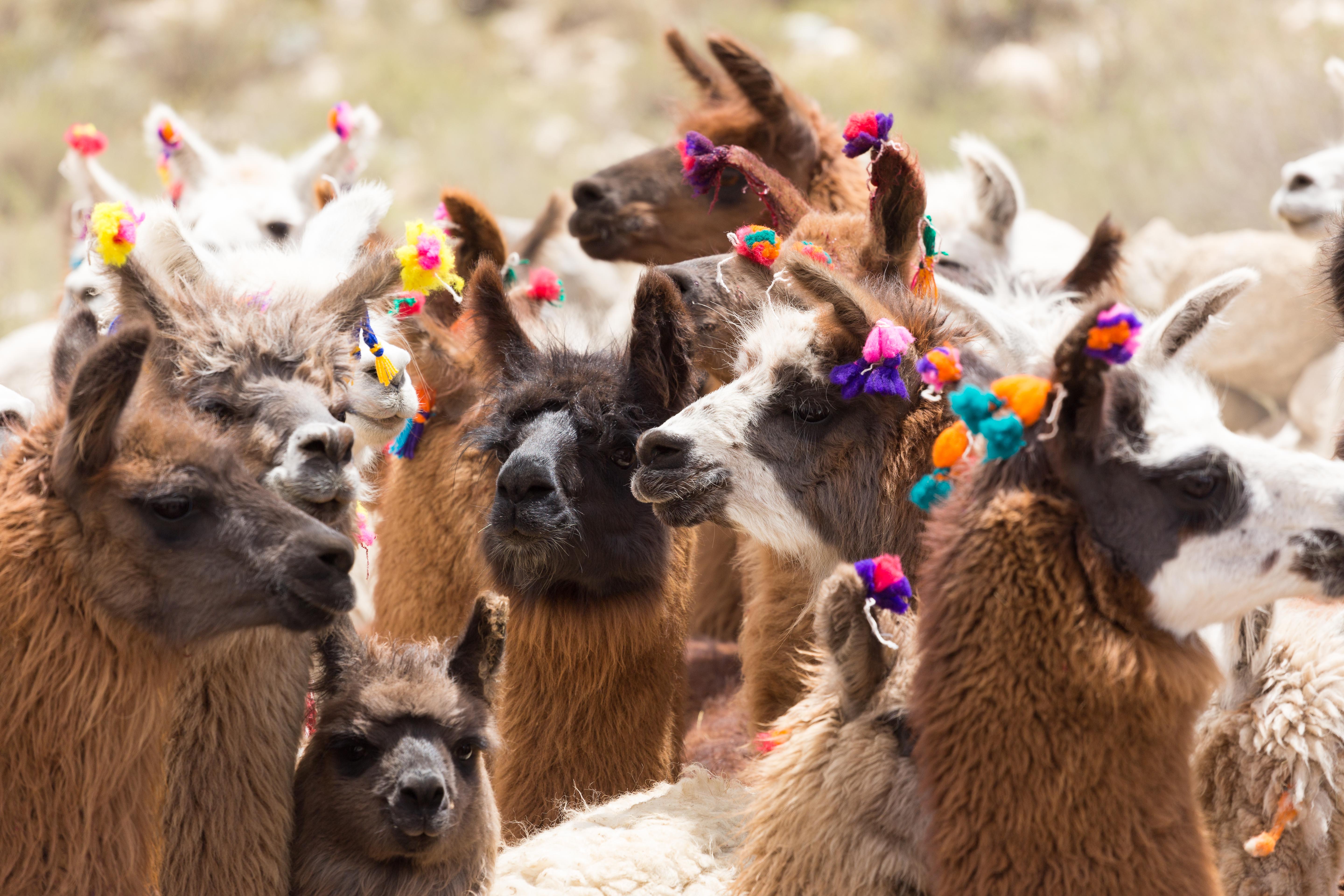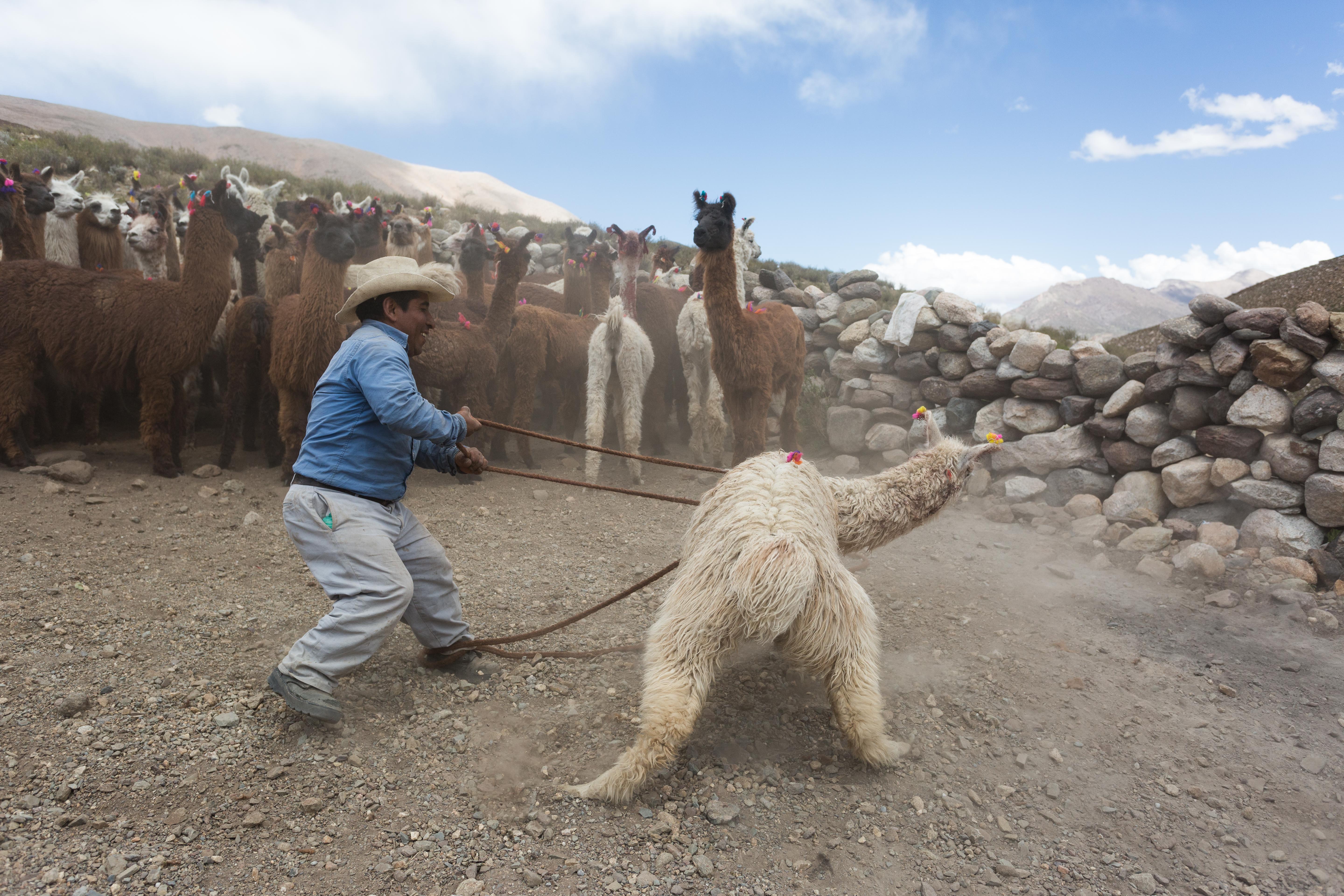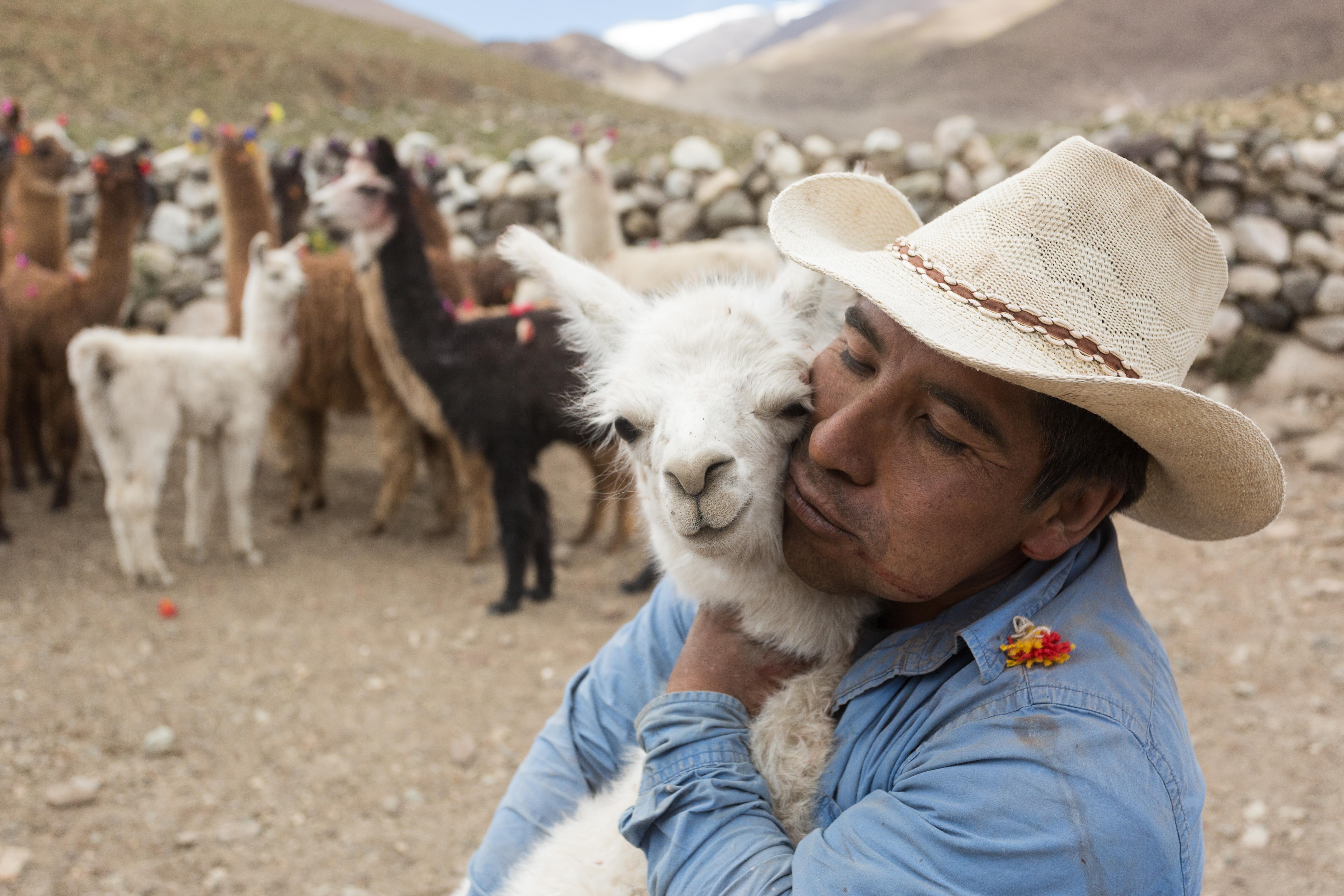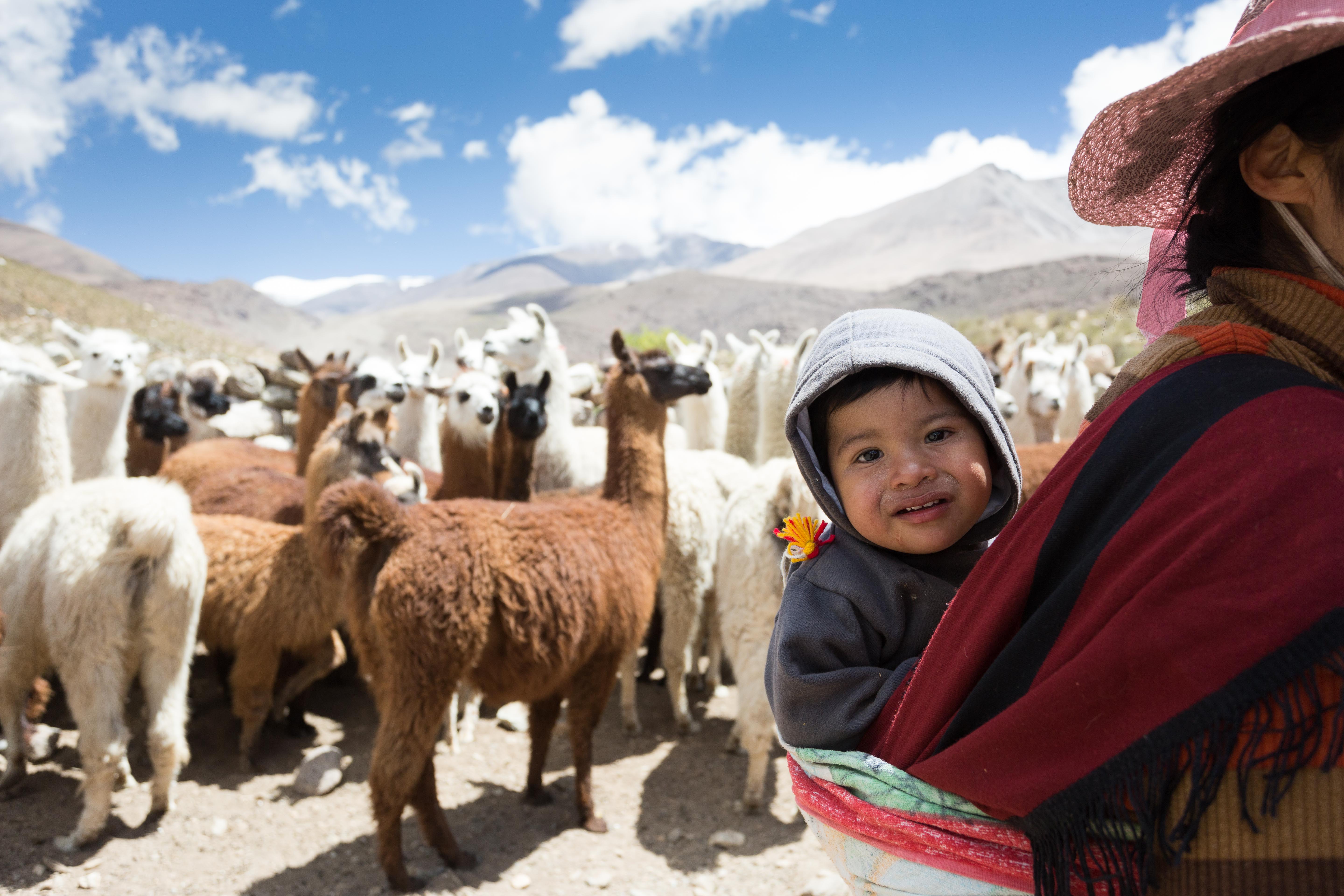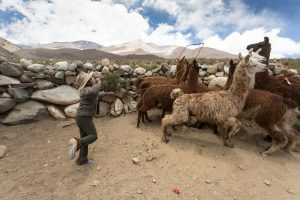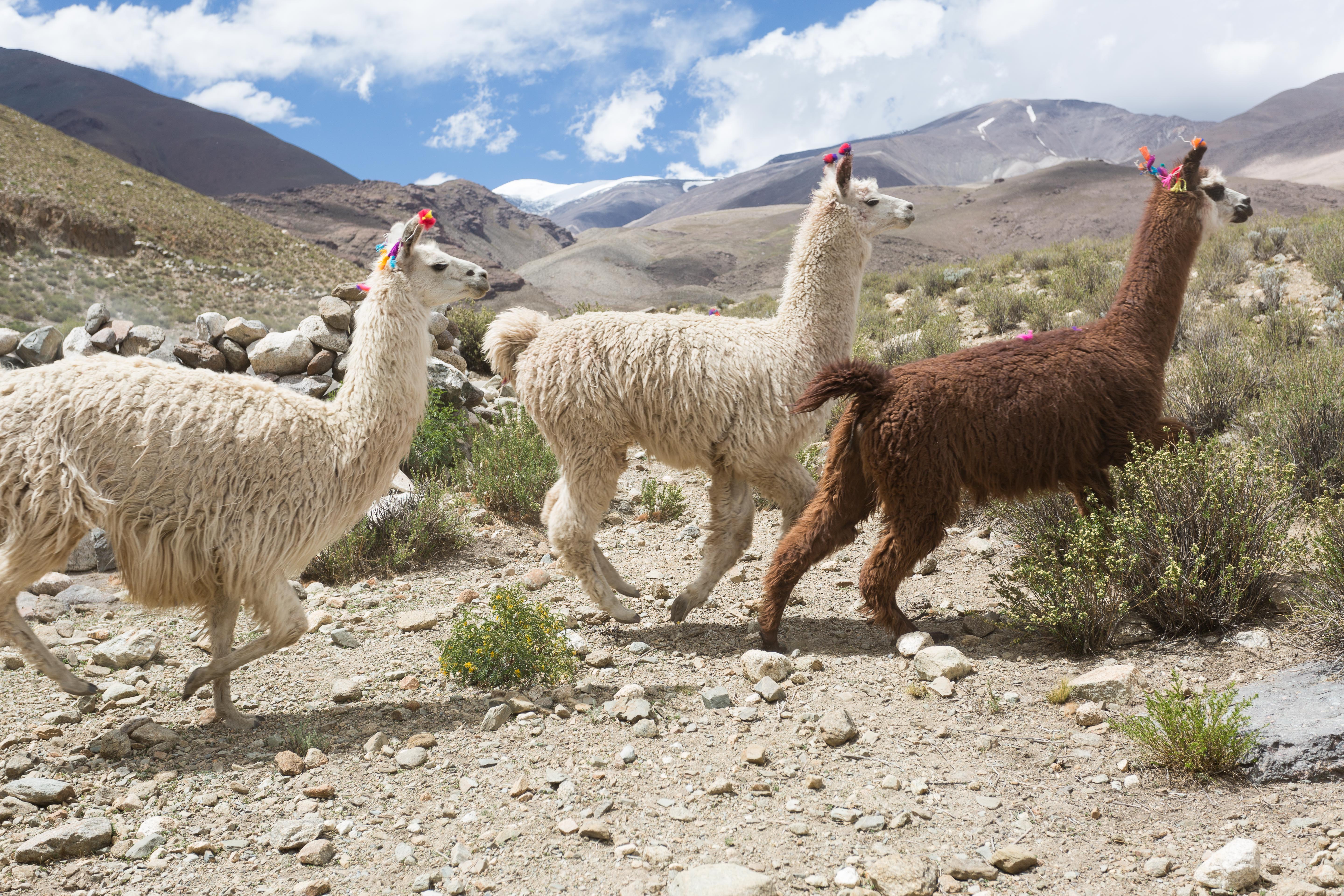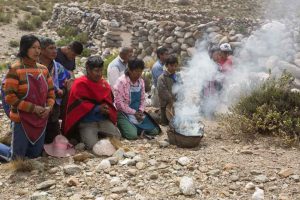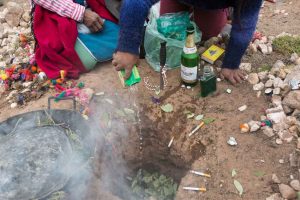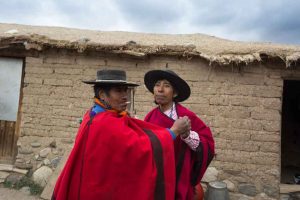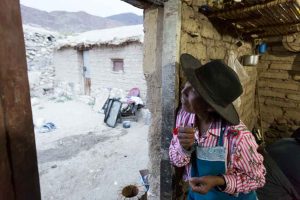La Señalada is the most important livestock ritual in the Andes and gives meaning to life as part of the productive cycle. Through this ritual, pastors ask for protection and abundance.
In the highest mountain range of los Andes in Cachi, the Tolaba family still preserve their ranch, cattle and traditions.
After eight hours ascending through the mountains, with donkeys transporting provisions, we arrived at the house of Don Justo and Doña Mercedes, with the imposing snowfalls as provincial witnesses of a way of life that seems to be coming to an end.
The livestock cycle is accompanied by ritual practices and symbolic gestures such as the “gifts” to the Pachamama and the signs of cattle. The rituals are always done at the same time of the year but do not have a fixed date. Each family decides when it is performed.
The shepherds have a close bond with the animals, taking care of their welfare and establishing the mobility cycles. Children have an active and important participation. Helping to shepherd, they learn the behavior of the animals.
During La Señalada “sahuman” the main corral and make the first “challa” to the Pachamama with coca leaves, alcohol and soda. Then they choose two animals; a female and a male, and they begin marriage. They hold the animals facing east, point to them, or “flower”, by placing wool flowers on their ears and knotting “chimps” on their backs, while they give them wine and coca. The Señalada continues with the marking of the cattle with a cut in the ear, the form of the cut serves to the family to identify its property.
Whoever makes the cuts in the ears keeps the pieces in a chuspa that is hanging from the neck. The participants of the ritual augur the prosperity of the cattle by handing out coca leaves to the shepherdess, the family and the guests, coupling, going through the corral from left to right.
During the release of the cattle, which is done after the course of the corral, they reiterate the desire for prosperity. When the last animals come out, they all run after the flock and throw dirt or pebbles in the direction of the cattle. They kneel and pray.
Finally, far from the corral and in height, they open a hole in which the pieces of ears that were stored in the chuspa are poured. Thus they return to express the intention of the ritual: the multiplicity of the flock.
